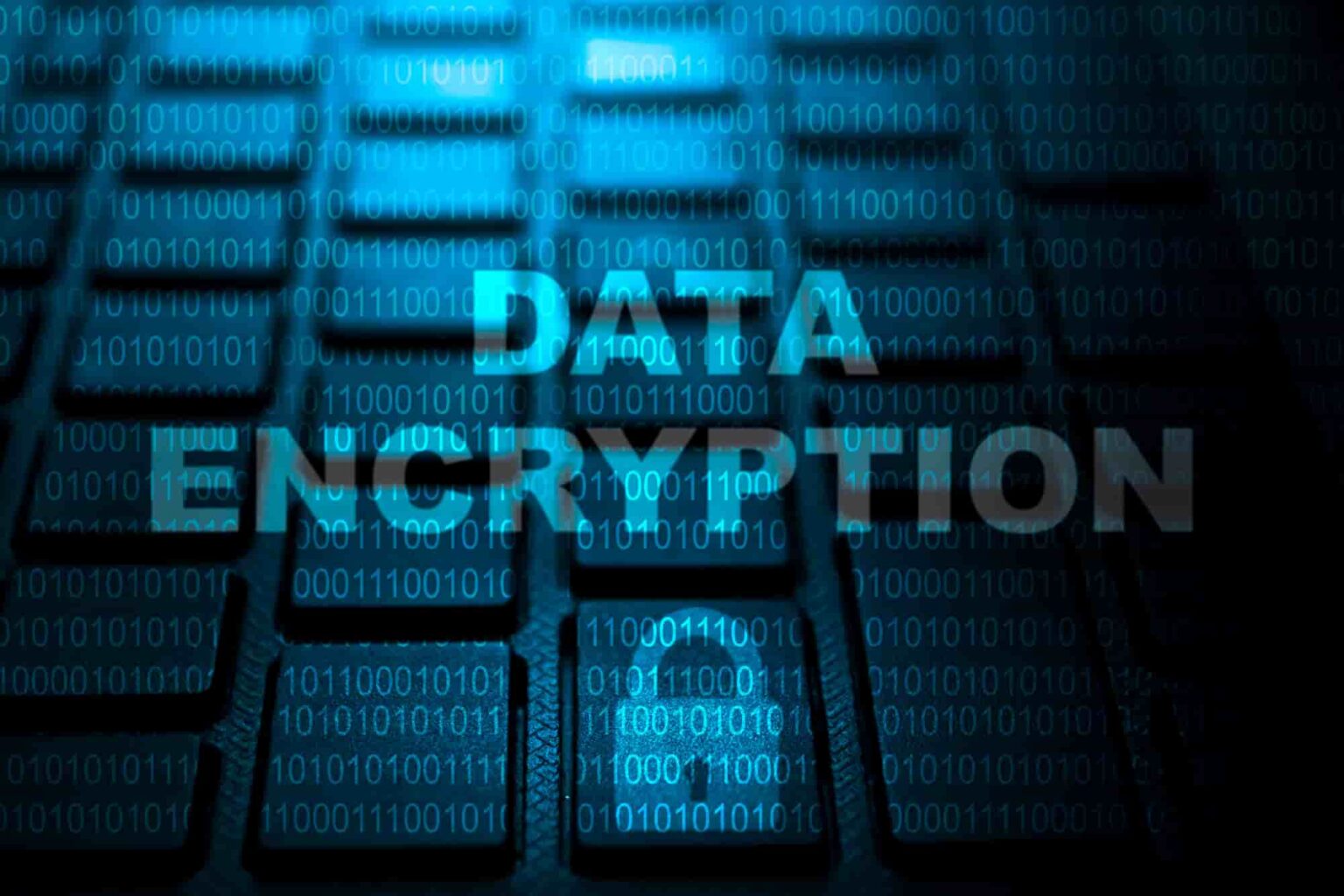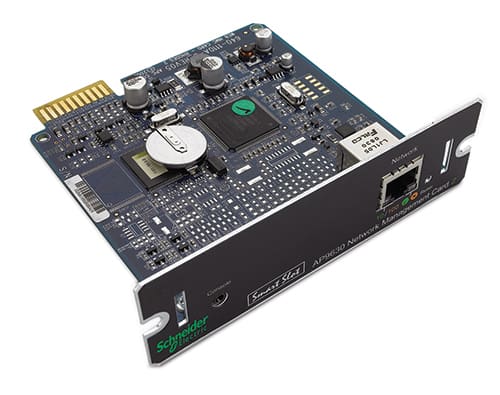You’ve probably heard the buzz around blockchain, maybe in the context of Bitcoin, NFTs, or the latest crypto craze. But beyond the hype, blockchain is a powerful technology that’s changing the way we think about digital security. At its core, it’s a new kind of recordkeeping system because it’s decentralized, incredibly difficult to tamper with, and built for transparency.
In this post, we’ll break down how blockchain works in plain terms, explore why traditional cybersecurity methods are no longer enough, and show how blockchain could be the key to more secure data, systems, and communication.
Blockchain Briefly Explained
At its most basic, a blockchain is a chain of…well, blocks. Each block represents a list of transactions between two accounts. To verify these transactions, each account has a pair of cryptographic keys that are used to 1) prove the owner of the accounts authorized the transaction and 2) generate a unique number for each transaction.
Each block references the name of the previous block, which forms a chain. All these blocks together form a list of all the transactions made with that currency, also known as a ledger. The term “decentralized ledger” is often used to describe blockchain—it’s decentralized because no one single entity maintains the ledger or authenticates transactions (which is the case with traditional banks).
The use of cryptography and decentralization are what make blockchains appealing for cybersecurity solutions. It’s used often for currency transactions, but blockchain technology can also be used by businesses to send more secure data or communications.
Where Traditional Cybersecurity Falls Short
To understand how blockchain could transform cybersecurity, you should know what standard tools and methods cybersecurity uses. It relies on firewalls to monitor and control network traffic, as well as antivirus software to detect and remove malicious programs.
Usually, everything is one centralized database as well. Cybersecurity has evolved in the last few decades, and there are many ways to use it to secure your devices, networks, and databases. That’s what makes it so appealing—it’s scalable to most organizations’ needs. It’s also backed up by decades of research.
However, traditional cybersecurity methods have weaknesses:
- Vulnerable to centralized attacks that exploit a single point of failure
- Limited visibility on breaches, which slows reaction times
- Cyber threats continue to evolve and older methods aren’t adequate any more
Although it has its own weak points, which we’ll get into later, blockchain can make up for some of the vulnerabilities of traditional cybersecurity tools.

Advantages of Blockchain Security Over Traditional Cybersecurity
When compared to more traditional cybersecurity tactics, blockchains have some impressive advantages. It has the potential for better data integrity, security, and transparency. The risk of cyberattacks is also lower (but not totally non-existent, of course).
Here are the key areas where blockchain technology outshines regular cybersecurity.
Data Integrity
The record of transactions in a blockchain can’t be tampered with or altered later without the consensus of everyone on the network. This immutability ensures data stored on the blockchain remains accurate.
Decentralization
Data on a blockchain is distributed across a network of computers and not stored in one location, making it harder to attack. This is known as “no single point of failure.” If one part of the network does go down, the rest can continue to function.
Transparency
Everyone on the network can see the transactions, which promotes trust. This transparency can also help prevent fraudulent activities.
Access Management
Blockchain uses smart contracts and cryptographic keys to grant and revoke access rights. These systems make it harder to gain unauthorized access to sensitive information.
Types of Blockchain Security
There are different types of blockchains that have separate cybersecurity needs, depending on how they’re used.
Public Blockchains
Public blockchains allow anyone to join anonymously. Transactions are validated with internet-connected computers, using the computer’s resources to solve the cryptographic keys and create proof of work.
These blockchains don’t have a lot of access controls, so they rely on public key encryption to authenticate and verify transactions. Bitcoin is the biggest example of a public blockchain.
Private Blockchains
Private blockchains use extensive membership and access privileges to limit the users to known entities or organizations. Known users with certain access or permissions verify the transactions and maintain the ledger to ensure data accuracy.
Companies looking to use blockchain to secure their data or communications would more likely be interested in private blockchains than public ones.

Can a Blockchain Be Hacked?
Blockchain has tight security, but it can still be hacked and exploited by cybercriminals. It shouldn’t come as a surprise—hackers always find a way to manipulate new technologies for malicious purposes.
Common Blockchain Cyberattacks
- Phishing: Not even blockchain is immune to social engineering and phishing. Attackers will target users with emails, texts, or other methods to try and get them to reveal their private keys and gain access.
- Routing: Routing attacks target data as it’s in transit, attacking the internet pathways of a blockchain’s routing system. Hackers can intercept, delay, or redirect data.
- Sybil: When hackers create false network identities to flood the blockchain network and crash the system, it’s called a Sybil attack (the name Sybil comes from a famous book character who has multiple personalities).
- 51%: If one miner or group of miners gets enough resources together, they can gain control of more than 50% of a public blockchain’s mining power. This would give them control over the ledger.
- Smart contracts: The self-executing contracts stored in the blockchain can sometimes have flaws or bugs that hackers can exploit.
- Wallets: Wallets and exchanges are intermediaries that let users interact with the blockchain. If they aren’t secured properly, they can be hacked as well.
Real Examples of Blockchain Data Security
Companies from all sectors, not just financial institutions, have realized the potential of securing their data or developing products with the help of blockchain technology. Here are a few examples.
Lockheed Martin
Lockheed Martin is a U.S. defense contractor that uses blockchain technology in its developmental processes to make them more efficient. They apply to supply chain risk management, systems engineering, and software development.
Cisco
Tech company Cisco has been finding connections between the Internet of Things (IoT) and blockchain for the last several years. IoT tends to have unsecured networks, so the use of single points of failure and encrypted information makes blockchain an ideal infrastructure for IoT.
Hashed Health
The healthcare tech company Hashed Health is helping hospitals and clinics create more secure patient and data systems that rely on blockchain infrastructure. Healthcare is notorious for having high security risks when it comes to data and information transfer.
Looking Toward a More Secure Digital Future
While blockchain isn’t a magic bullet for every cybersecurity challenge, it offers some serious advantages, especially for data integrity, transparency, and reducing single points of failure. As cyber threats grow more sophisticated, so must our tools.
Securing patient records, streamlining supply chains, or protecting IoT devices—blockchain has a role to play well beyond cryptocurrencies. Businesses that want to level up their security and protect sensitive data should explore blockchain-based solutions.
As with any emerging tech, it’s not without risks. But with the right strategy, blockchain can be a powerful addition to your cybersecurity toolkit.













